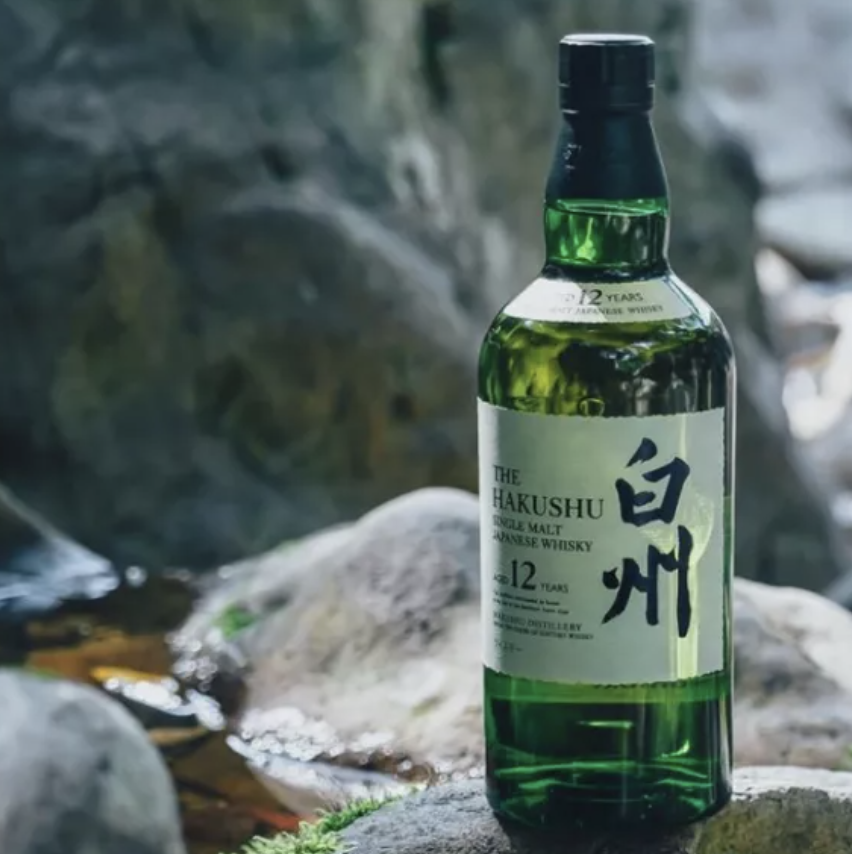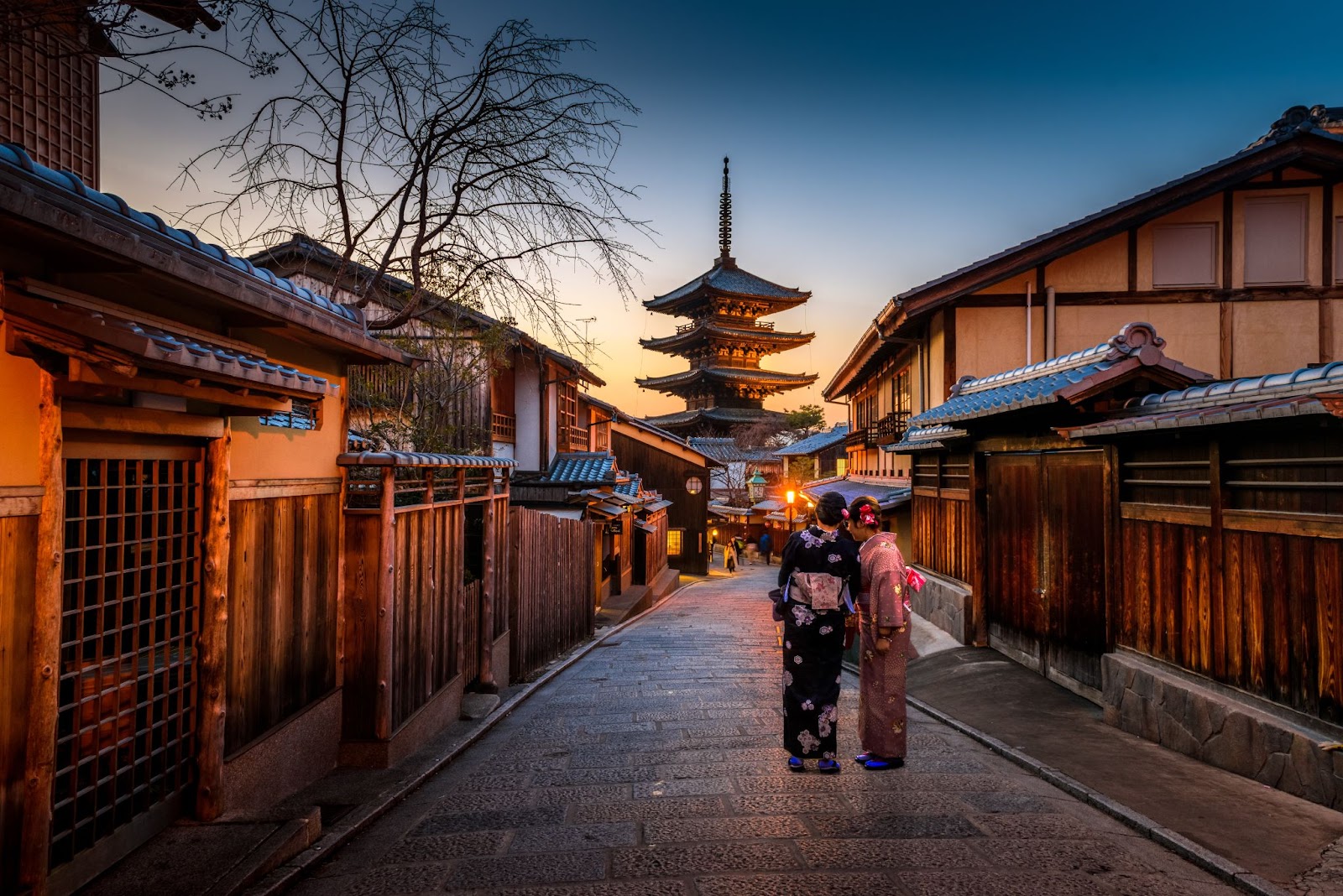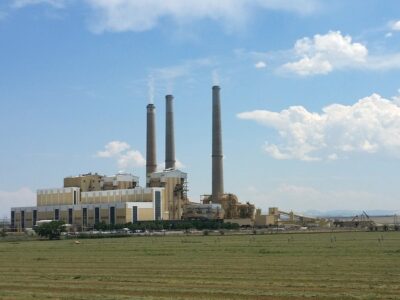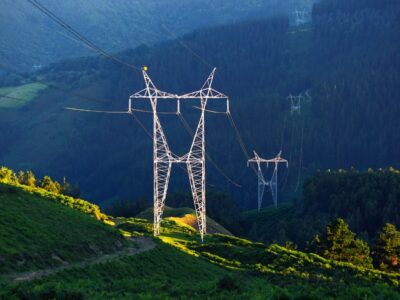As whiskey producers worldwide move toward sustainable business operations, clean energy is a big talking point. Most distilleries are coming around to solar and wind power, but not as many have adopted green hydrogen.
Suntory, makers of fine Japanese whiskey, are doing precisely this. The Hakushu distillery in Yamanashi Prefecture, Japan, has been running on clean energy for some time. Now, it plans to use hydrogen by 2025.
Hakushu was founded in 1973 by Keizo Saji in an idyllic mountain setting where amazingly clean water runs. The microclimate of the Japanese Southern Alps is a forested area with crisp air. The water running through the creeks and streams is snowfall and rainwater runoff from the mountains.
The distillery is set in a mountain setting to embrace the Japanese philosophy surrounding nature in whiskey production. It’s one of the main reasons Hakushu is turning to green hydrogen energy: respect for the environment around them.

Suntory describes itself as a fusion of Japanese art and nature in a bottle. There is a belief that “8 million gods” live in every rock, seed, waterway, and tree. This divine respect for nature goes into every bottle to create a product that speaks to Japan’s symbiotic relationship with the environment.
The whiskey maker made liquor with 100% clean electricity for years. The company has been making 12-year-aged single-malt whiskey sustainably as possible, giving Hakushu its refreshing taste.
Suntory didn’t run entirely on clean energy outside of beverage production. The green hydrogen plan will change this, as the beverage maker aims for carbon neutrality by 2050.
It will install a 16-megawatt electrolyzer at its facility in the Southern Alps, near the Hakushu distillery.
The company calls this the Yamanashi Model Power-to-Gas System (P2G). It will use renewable energy to create locally-sourced hydrogen gas. The hydrogen will run the distillery’s heat for burning minerals and water sterilization, and some of it will be used as fuel for buses and trucks.
“We estimate that when operated at full capacity, the 16-megawatt size P2G system will be able to produce the same amount of heat energy that is currently being consumed annually at the Hakushu Distillery and the Minami Alps Hakushu Water Plant, enabling the two facilities to run on green hydrogen,” said Makiko Ono, chief sustainability officer. Ono also said that the electrolyzer could create enough hydrogen energy to power the community around the distillery.

Hydrogen electrolysis is still a novel technology. At the moment, it can only be done on a small scale. It also produces emissions because fossil fuels are needed to run electrolyzers. While it may take some time before green hydrogen production can operate at a greater speed and yield – good news is on the horizon.
It’s estimated that clean energy costs are likely to decline. Even better, renewables have doubled in deployment from 16% to 34%, ensuring that prices stay low and continue to expand.
The Japanese government provided Hydrogen energy subsidies in the past, but their success has been mixed. One reason has been these energy investments tend to be costly. Further, some of these hydrogen projects haven’t yielded the results needed.
However, the overreliance on imported liquid natural gas, coal, and oil has forced the island nation to adapt. Hydrogen can also be synthesized anywhere with the necessary facilities, providing some energy security.
Not only will the fuel cells be independent of Japan’s national electricity grid, but they’re more reliable. That’s crucial for a country constantly rocked by earthquakes. If Suntory’s distillery can act as a beacon of reliable hydrogen energy sourcing, it could mean big things for the rest of the country.





